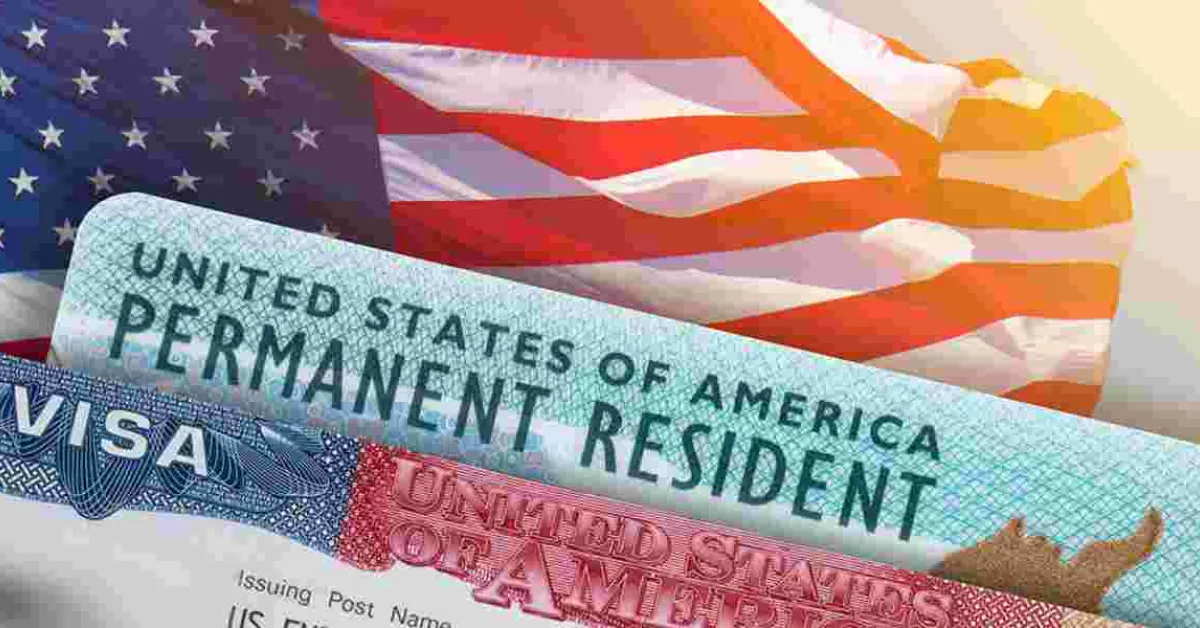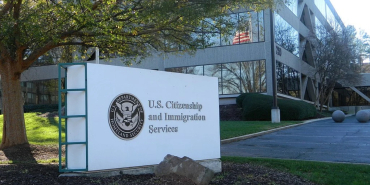Green Card Guide 2025: Five Fastest Paths to Permanent Residency in the US

The US immigration system presents substantial challenges for foreign nationals, particularly those seeking permanent residency through Green Cards.
As the immigration landscape evolves, understanding the available pathways—primarily family-based and employment-based categories—becomes essential for applicants. Family-based Green Cards offer two main avenues: Immediate Relatives and Family Preference categories. Immediate relatives of US citizens, which include spouses, minor children, and parents of US citizens aged 21 and older, face no annual visa limits.
This category allows for relatively swift processing times, typically ranging from one to three years. Conversely, the Family Preference categories, which apply to more distant relatives, adhere to annual quotas, with a total cap of 226,000 visas set for 2025. In addition to family pathways, the employment-based Green Card system comprises five preference categories—from EB-1 to EB-5 - totalling a cap of 140,000 visas per year.
Applicants from any single country, however, cannot exceed 7% of the total preference visas due to a per-country limit. These regulations create significant delays that lead to extensive waiting periods. For example, the EB-2 category sees wait times often extending beyond a decade. For applicants to navigate these challenges effectively, identifying the least time-consuming routes is critical. In 2025, the five most expedient pathways to the US Green Card include:
Immediate Relatives of US Citizens
The first and most efficient route is through Immediate Relatives of U.S. citizens, where processing typically occurs within a one to three-year frame, circumventing visa caps.
Employment-Based Fifth Preference (EB-5) – Investor Program
Secondly, the EB-5 Investor Visa program presents another viable option. This route mandates a minimum investment of $800,000 in a US enterprise that generates employment. The January 2025 Visa Bulletin indicates that Set-Aside visas in this category are current, suggesting no backlog and enabling conditional Green Cards to be issued in a similar one to three-year time frame.
Family Preference F2A – Spouses and Children of Permanent Residents
The third option, Family Preference F2A, caters to spouses and minor children of Green Card holders. Applicants with a priority date before the January 1, 2022 cutoff—according to the January 2025 Visa Bulletin—can advance their applications.
Employment-Based First Preference (EB-1) – Priority Workers
The Employment-Based First Preference (EB-1) category caters to individuals with extraordinary abilities, eminent professors and researchers, and multinational executives or managers. With a current cutoff date of February 1, 2022, this category remains one of the fastest for highly skilled professionals, despite the high demand.
Employment-Based Fourth Preference (EB-4) – Special Immigrants
Lastly, the Employment-Based Fourth Preference (EB-4) covers special immigrants, including religious workers and certain US government employees. The existing cutoff date for EB-4 stands at January 1, 2021, allowing eligible applicants with earlier priority dates to initiate visa processing.
While these five options may be the swiftest routes for obtaining a US Green Card, various factors such as fluctuating demand, changing legislation, and procedural delays can impact processing times. Self-petitioning options, specifically the EB-1 and EB-5, provide a strategic advantage for applicants without familial connections in the US thus allowing them to leverage professional accomplishments or investments as grounds for their applications.
Navigating the complexities of the US immigration system demands careful planning and informed decision-making. By selecting the most suitable and expedient pathway, applicants can effectively reduce their waiting periods for obtaining a Green Card and ultimately achieve permanent residency in the United States.














Comments
I filed for my son in 2018…
Permalink
I filed for my son in 2018 and they are now saying he won't be here until 2027-2028 which makes it a 10 years process!
Green card
Permalink
Green card
Permanent resident
Permalink
Permanent resident
Add new comment